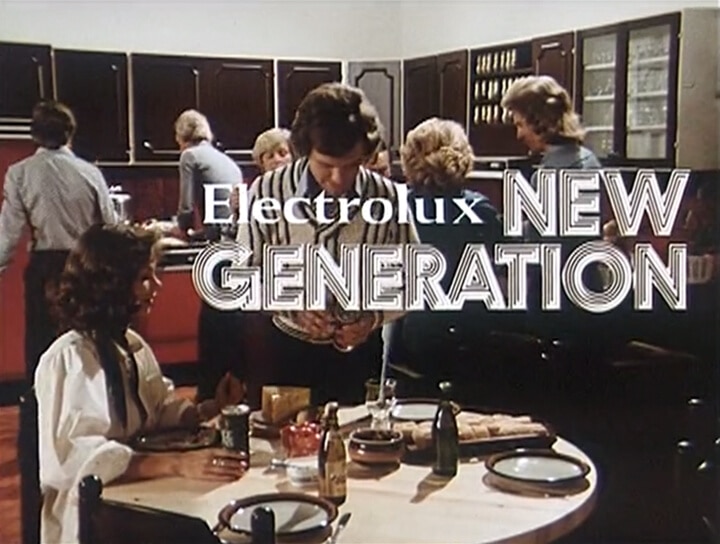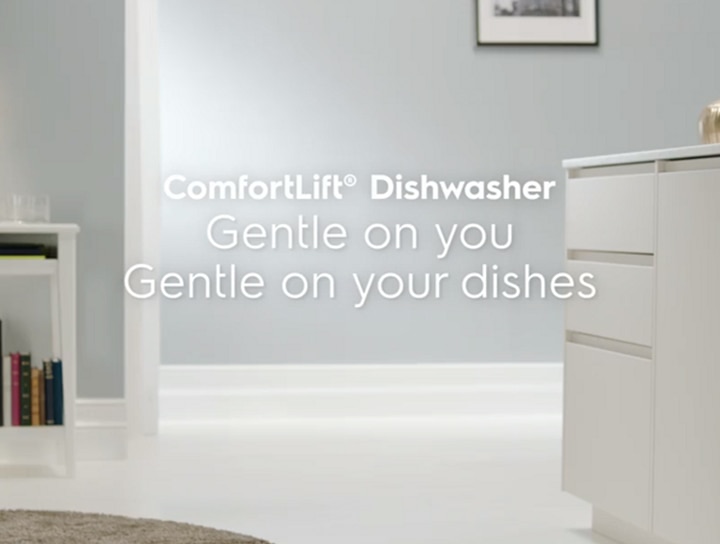Electrolux designed the first ever vacuum cleaner with metal runners and launched the world’s first countertop dishwasher. Here you can follow other notable years in the company’s design history.
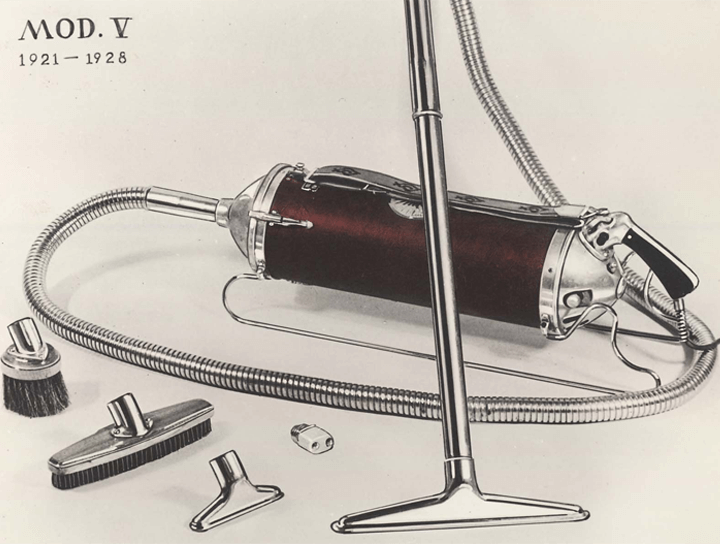
1921
Electrolux launches the Model V vacuum cleaner. Previous vacuum cleaners were bulky, stand-up units and not easily portable. The Model V, however, was designed to lie on the floor on two thin metal runners. This innovation becomes a standard feature on generations of future vacuum cleaners.
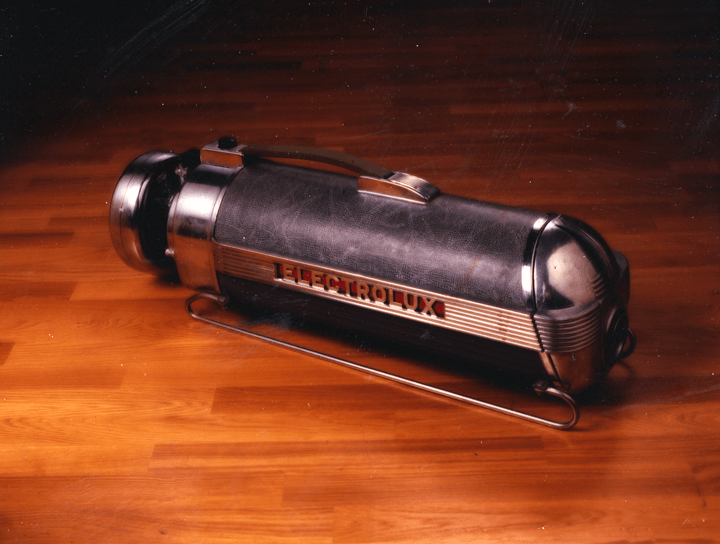
1937
Electrolux launches the Model XXX vacuum cleaner, designed by Lurelle Guild. As cars and trains are streamlined, Axel Wenner-Gren, the founder of Electrolux, sees the value in bringing a similar sleek elegance to home appliances. He personally tracks down some of the leading industrial designers of the time, and invites them to work with Electrolux. The design and shape of a product becomes an important factor to attract consumers.
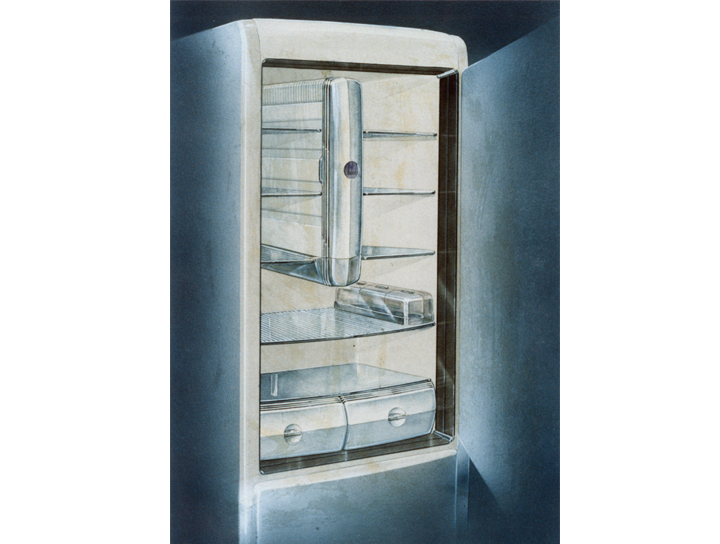
1940
The L300 refrigerator is launched, designed by Raymond Loewy. He is one of the leading industrial designers of the 20th century and creator of the Lucky Strike package and Studebaker Avanti sports car. The L300 has a streamlined, modern look. The gently rounded edges and cream color provides a hygienic feel while the spring-assisted door opens at a touch. The refrigerator becomes a huge sales success and Loewy is engaged to design floor polishers and vacuum cleaners. The font and the layout of the Electrolux logo are also designed by Loewy and his team.
The semi-professional and heavy-duty motorized kitchen helper – Assistent – is launched in Sweden. It is set to revolutionize food preparation as a precedent for food processors of the future.
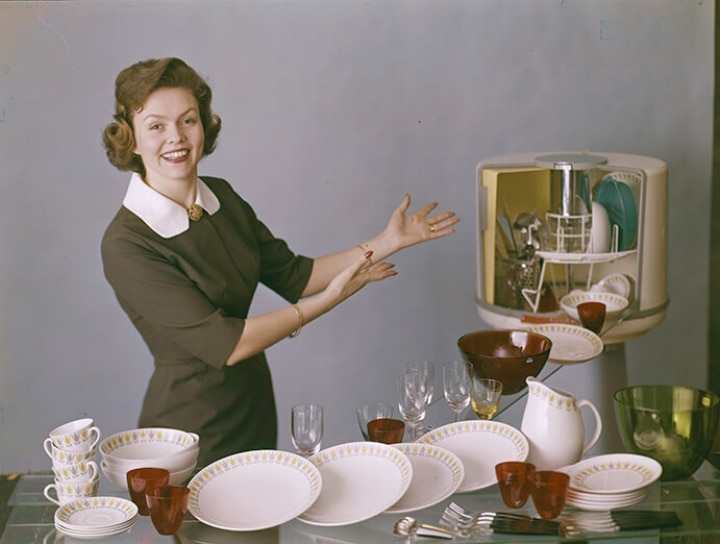
1959
The D10 dishwasher, nicknamed “The round tin”, is launched. It is the world’s first countertop dishwasher. At a time when most kitchens were not adapted to housing dishwashers, the could be installed in most kitchens without the need for major kitchen renovation.
The SP 111 refrigerator is also launched. Electrolux understood that consumers wanted a cellar or pantry-type cabinet in their new apartments. Since there often wasn’t space in modern apartments, the SP 111 was designed to include a refrigerator at shoulder height, with a cooled cabinet underneath for storing items such as jams and juices – items that traditionally would be stored in a cellar. The fridge became a substitute for the cellar.
1961
Electrolux launches several fridge and freezer models with straight edges. Designed by Carl Otto they were an adaptation to a design trend with straight edges and minimal isolation of the refrigerators.
1963
Electrolux establishes a design department. Previously, designers had been hired on a consultancy basis. Hugo Lindström becomes the first head of design in Electrolux and immediately starts building an organization of in-house designers.
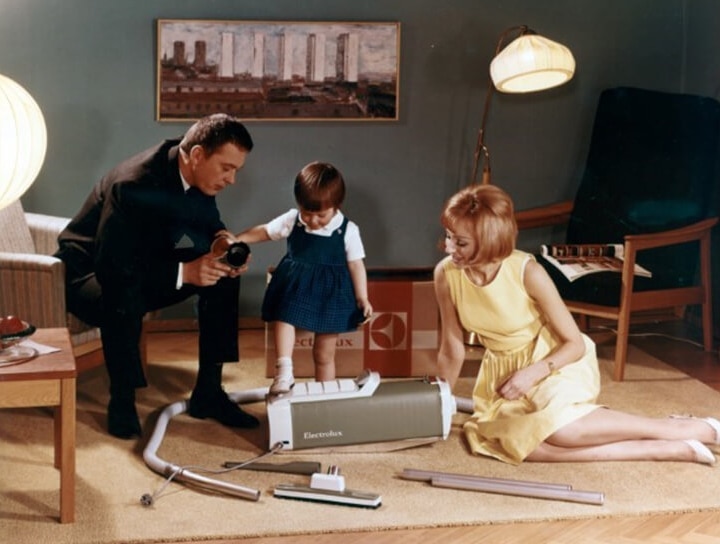
1964
One of the new design department’s first projects is the Luxomatic vacuum cleaner, launched in 1964. It is the first of a new generation of vacuum cleaners with features such as a cord winder, self-sealing paper dust bags and a dust indicator that displays when the bag is full.
1967
Electrolux presents the Future Line, its first complete line of appliances with a corresponding design.
1984
The Italian appliance manufacturer Zanussi becomes part of Electrolux, and Zanussi’s design team, under the leadership of the famous designer Roberto Pezzetta, is integrated into the Electrolux design department.
1993
Electrolux becomes the first the in industry to launch refrigerators that are totally free from CFC (chlorofluorocarbons), a chemical compound with ozone depletion effect.
2001
Electrolux launches the Trilobite, the first robotic vacuum cleaner on the market. It navigates using ultrasound and turns itself off and recharges when vacuuming is finished.

2003
Electrolux Design Lab is established as an annual international design competition in future appliance design and innovation. Electrolux Design Lab brings together the creativity of promising design students from around the world for the challenge of meeting the needs of tomorrow’s consumers. Thousands of students from all over the world have participated in the competition since it began.
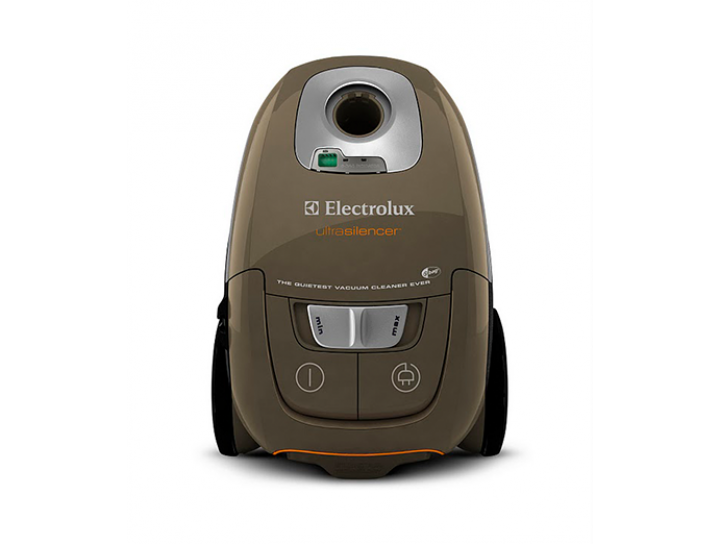
2003
The Ultra Silencer is launched – the quietest vacuum cleaner ever designed at that time. Consumer research showed that people wanted a vacuum they could use when children were sleeping. The busy lifestyles of working mothers and fathers meant that people wanted quality time with children and still cared about clean, healthy homes. The Ultra Silencer has since undergone further improvements.
2004
The first Electrolux Ergorapido is launched. It is developed after a new cleaning behavior is noted – cleaning limited spaces immediately instead of large spaces with a longer period of time in between. The design therefore needed to be desirable to ensure it could be easily accessible and on display, rather than stowed in a cupboard.
2010
Electrolux launches the Ultra Clean Washer, the first washing machine with an ultrasonic stain-removal pen mounted directly on the machine.
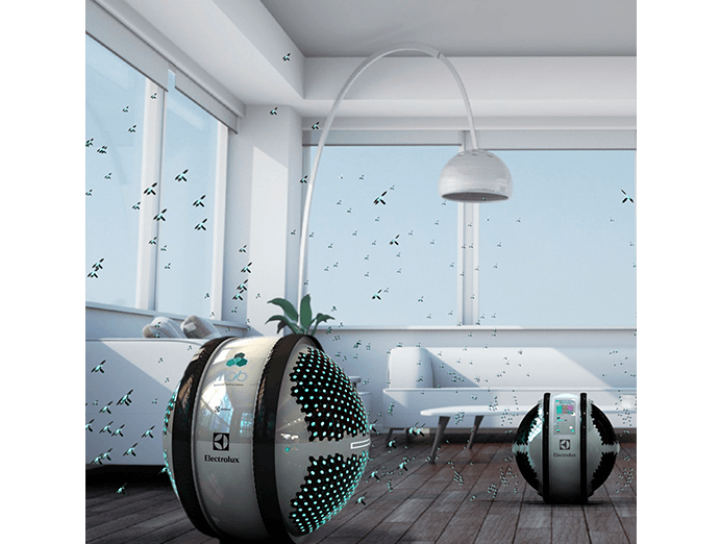
2014
Mab – a flying robot home cleaning concept – wins the Electrolux Design Lab 2013 Contest. In the 11th Electrolux Design Lab competition, first prize was awarded to a young design student from Colombia.


